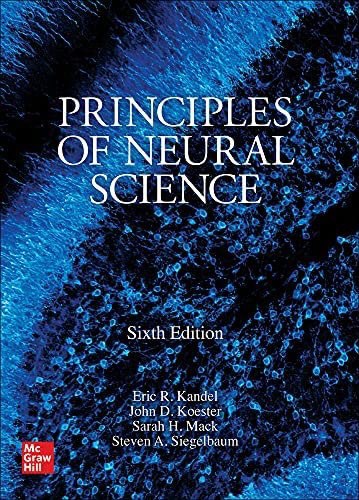
筆記:Principles of neural science
What distinguishes language from other forms of communication? The key feature is a finite set of sounds that can be combined with infinite possibilities. This set of sounds or phonemes is used to create semantic units called morphemes.
Each language has a distinc- tive set of phonemes and rules for combining them into morphemes and words. Words can be combined according to the rules of syntax into an infinite number of sentences.
The Left Hemisphere Is Specialized for Phonetic, Word, and Sentence Processing
Although the conclusion that “we speak with the left hemisphere” is incontrovertible, the origin of that functional separation of the hemispheres during development is unclear.
Whether left hemisphere specialization for language derives from a general tendency for the left hemisphere to engage in analytic processing or is a specific linguistic specialization is not known.

The duration of sleep and the behaviors associated with it vary widely between species. Sleep seems essential to life, but its precise features have been modified to fit the requirements of each species.
p.1373
.Conscious and Unconscious Cognitive Processes Have Distinctive Neural Correlates
Differences Between Conscious Processes in Perception Can Be Seen in Exaggerated Form after Brain Damage


P.1406
Because animal models of mood and mood regulation are not fully convincing, investigation of the circuitry involved in mood disorders has relied to a great extent on structural and functional imaging of humans, and to a lesser degree on postmortem analyses of human brains.
Neuro-imaging studies of major depression and bipolar disorder have identified abnormalities in brain regions thought to be involved in emotion and cognition (Figure 63–1). Despite progress to date, imaging has not yet identified specific abnormalities in a neural system that can be used reliably to diagnose major depressive or bipolar disorder.
p. 1410
Major Depression Can Be Treated Effectively
Three types of treatment are effective for major depres- sive disorder: antidepressant drugs, cognitive-behavioral psychotherapy, and electroconvulsive therapy.
p.1407
In some cases depression follows a stressful experience; conversely, the experience of depression is itself stressful. Indeed, depression shares several features with chronic stress, including changes in appetite, sleep, and energy.
Major depression and chronic stress may also share biochemical changes, such as persistent activation of the hypothalamic-pituitary-adrenal (HPA) axis.
p.1413
The tricyclic antidepressants, such as imipramine, amitriptyline, and desipramine, inhibit either nor- epinephrine or serotonin transporters or both. These drugs are effective against depression and many anxiety disorders.
But they also block many other neurotransmitter receptors, including the muscarinic acetylcholine, histamine H-1, and α1 noradrenergic receptors, producing side effects such as dry mouth, drowsiness, urinary retention, and postural hypo- tension, thus limiting their use.
Some newer drugs, such as venlafaxine and duloxetine, block both norepinephrine and serotonin but lack the tricyclic structure and the unwanted receptor interactions of the older drugs.
The selective serotonin reuptake inhibitors, such as fluoxetine, sertraline, and paroxetine, are widely used. As their name implies, they inhibit the uptake of serotonin selectively. They are effective for major depressive disorder, many anxiety disorders, and, in high doses, for obsessive-compulsive disorder.










Leave a Reply